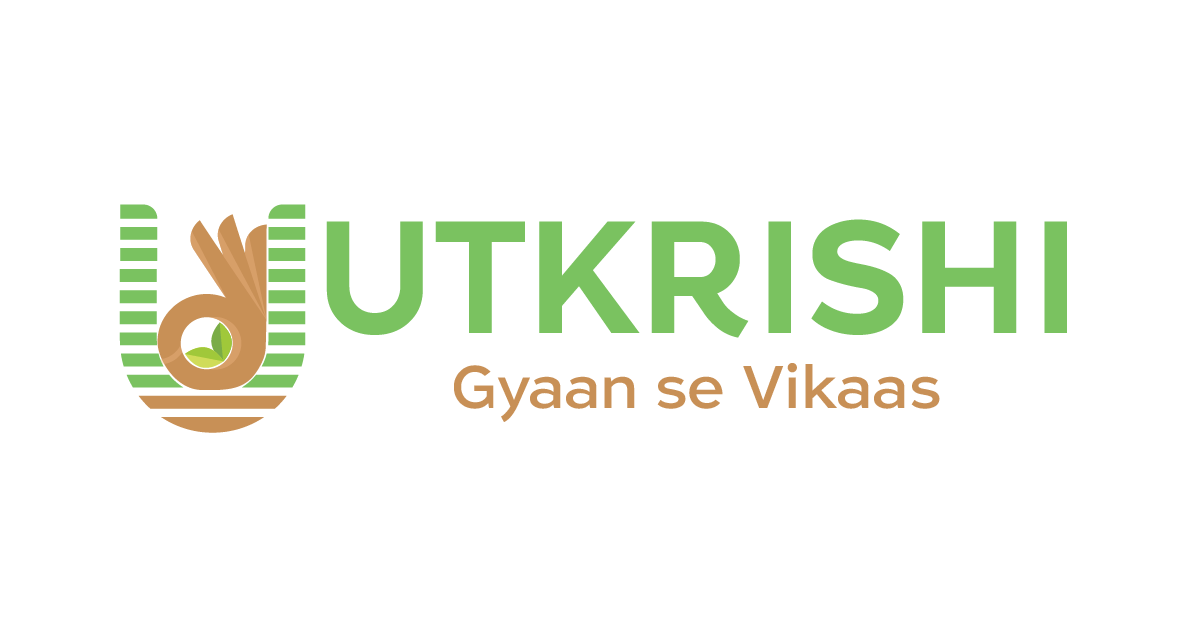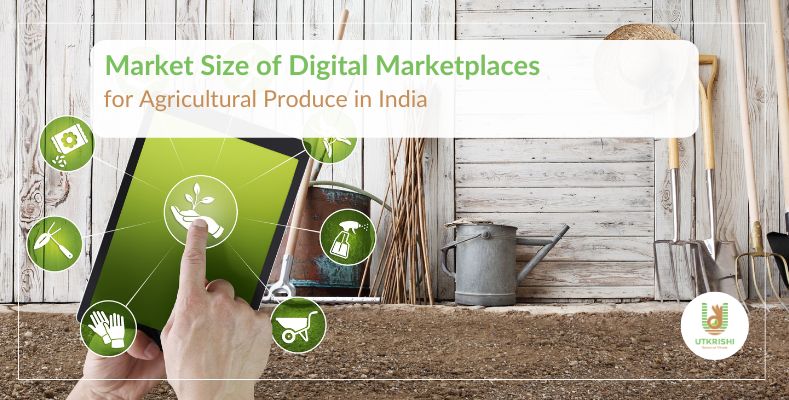India, a nation where agriculture supports nearly 60% of the population, is witnessing a transformative shift with the rise of digital marketplaces. These platforms are revolutionizing the way agricultural produce is traded, providing transparency, efficiency, and accessibility for farmers and buyers alike. In this blog, we delve into the market size and growth potential of digital agricultural marketplaces in India, supported by key statistics and insights.
The Current Landscape
(Market size estimates are based on proprietary calculations combined with industry insights, including data from government initiatives like e-NAM, market research reports, and private sector investment trends.)
The agricultural sector in India contributes approximately 18-20% of the country’s GDP, and the digital marketplace for agri-produce is a rapidly growing subset of this sector. Currently valued at an estimated INR 30,000 crore (USD 3.6 billion), the market for digital agricultural platforms is expected to grow at a compound annual growth rate (CAGR) of 20-25% over the next five years.
Key drivers of this growth include:
- Government Initiatives: Programs such as e-NAM (Electronic National Agriculture Market) have set the foundation for digitizing agricultural trade, enabling farmers to access wider markets.
- Increased Smartphone Penetration: With over 600 million smartphone users in India, digital platforms have become more accessible to rural farmers.
- Rising Demand for Transparency: Buyers and sellers are increasingly demanding real-time pricing data and seamless transactions, which agricultural e-marketplaces efficiently provide.
- Private Sector Participation: Agri-tech startups in India and established companies are investing in digital solutions to enhance supply chain efficiency and reduce wastage.
Key Features of Digital Marketplaces
- Direct Market Access: Farmers can connect directly with buyers, eliminating intermediaries and ensuring better prices through online platforms for farmers.
- Real-Time Pricing: Platforms provide dynamic pricing mechanisms based on market trends and demand-supply factors.
- Logistics Integration: Many platforms offer end-to-end solutions, including transportation and storage facilities, reducing post-harvest losses.
- Financing Options: Revenue-led financing models and credit facilities are helping small and marginal farmers participate effectively in these marketplaces.
- Sustainability and Quality Assurance: Platforms are emphasizing sustainably grown produce, often certified for quality to cater to premium markets.
Market Potential
The future of digital marketplaces for agricultural produce in India is immensely promising. By 2030, the market size is projected to reach INR 100,000 crore (USD 12 billion). This growth is driven by:
- Adoption of AI and Blockchain: Advanced technologies like AI in agricultural marketplaces and blockchain are enhancing transparency, traceability, and efficiency in agricultural trade.
- Urban Demand for Fresh Produce: Urban consumers are increasingly sourcing fresh, organic, and local produce directly from farmers through digital platforms.
- Global Export Opportunities: Digital platforms are enabling Indian farmers to tap into global markets, showcasing their produce to international buyers.
- Policy Support: Continued government focus on Digital India initiatives and agricultural reforms will further accelerate growth.
Challenges and Opportunities
While the potential is vast, certain challenges need to be addressed:
- Digital Literacy: Many farmers still lack the digital literacy required to fully utilize these online platforms for farmers.
- Infrastructure Gaps: Limited access to quality internet and logistics in rural areas can hinder growth.
- Data Privacy Concerns: Ensuring secure transactions and protecting farmer data is critical.
Addressing these challenges opens up significant opportunities for stakeholders to create inclusive and scalable solutions that cater to the diverse needs of Indian farmers. Agri-tech startups in India are uniquely positioned to bridge these gaps.
Conclusion
Digital marketplaces for agricultural produce in India are not just a trend but a necessity in modernizing the agri-business sector. By providing farmers with direct market access, fair pricing, and enhanced transparency, these platforms are unlocking new opportunities for sustainable growth. As the market continues to evolve, it holds the potential to transform the agricultural landscape, ensuring prosperity for millions of Indian farmers and driving the nation toward a more inclusive and efficient agricultural economy.


